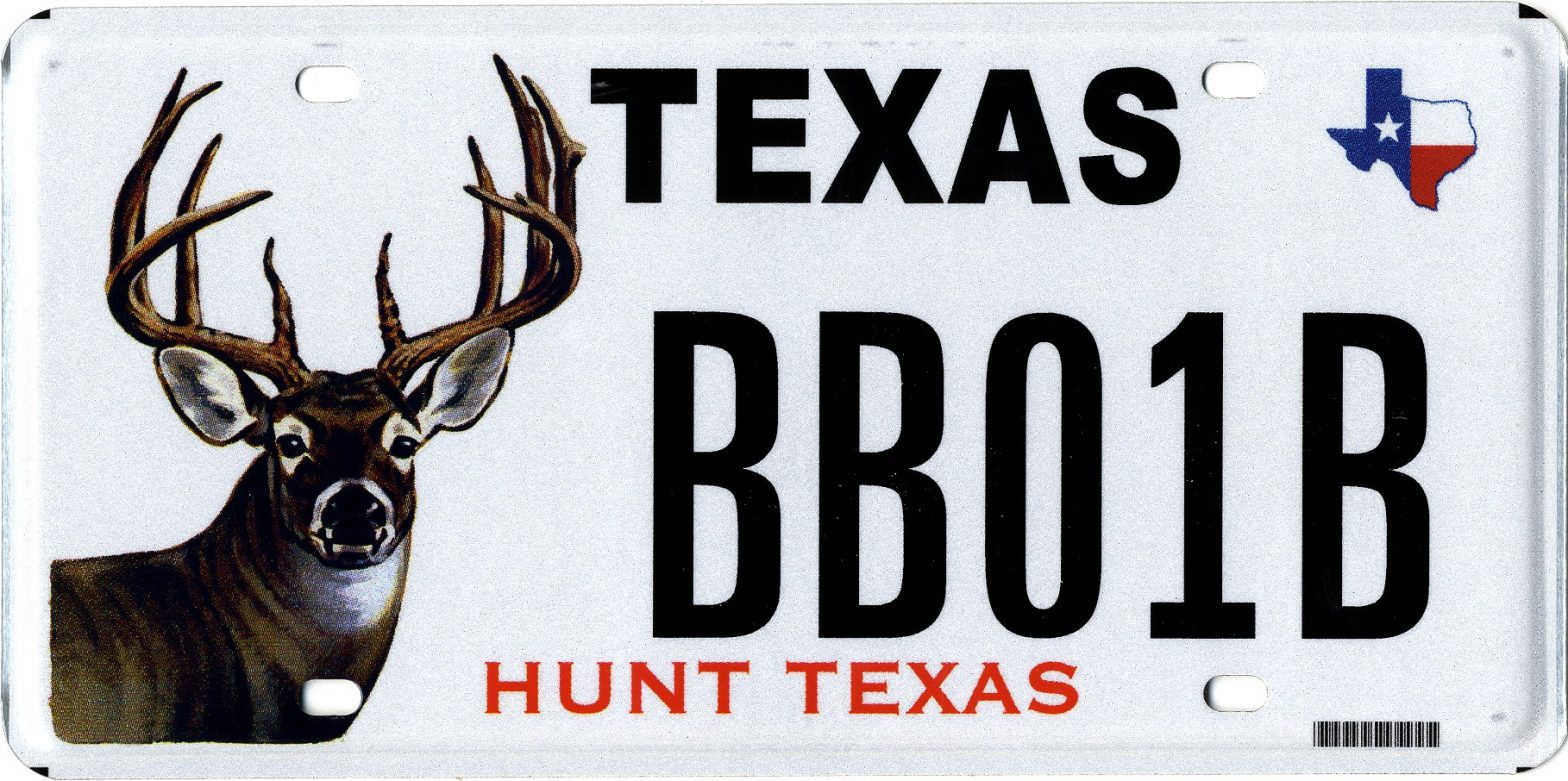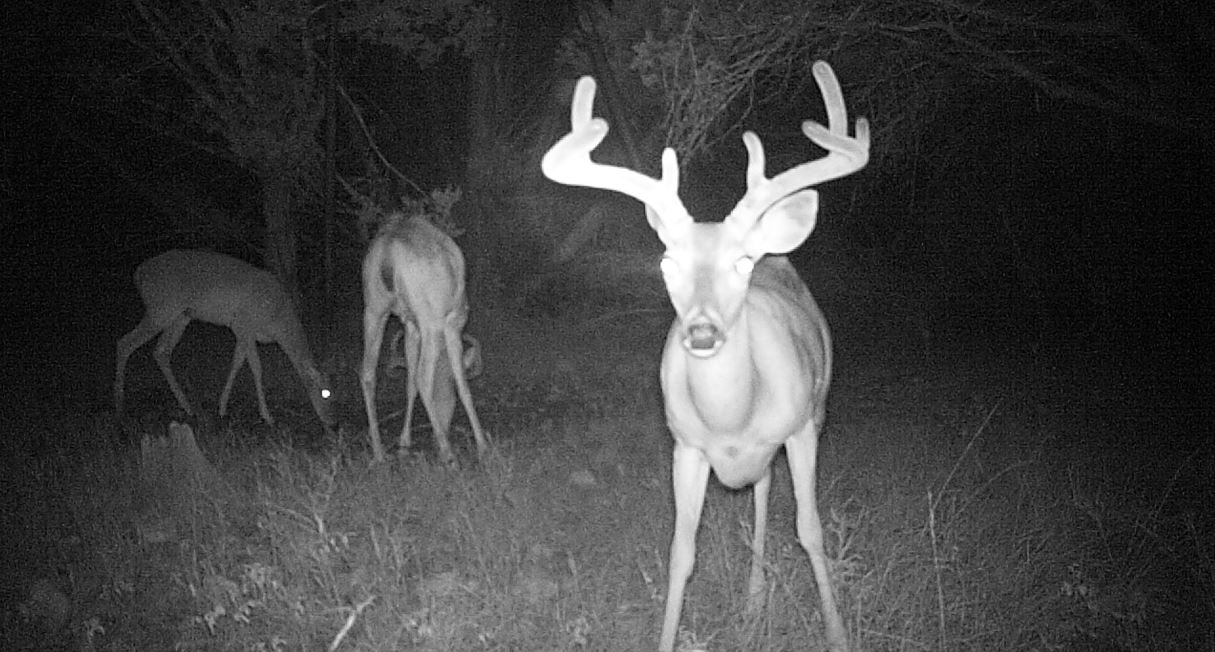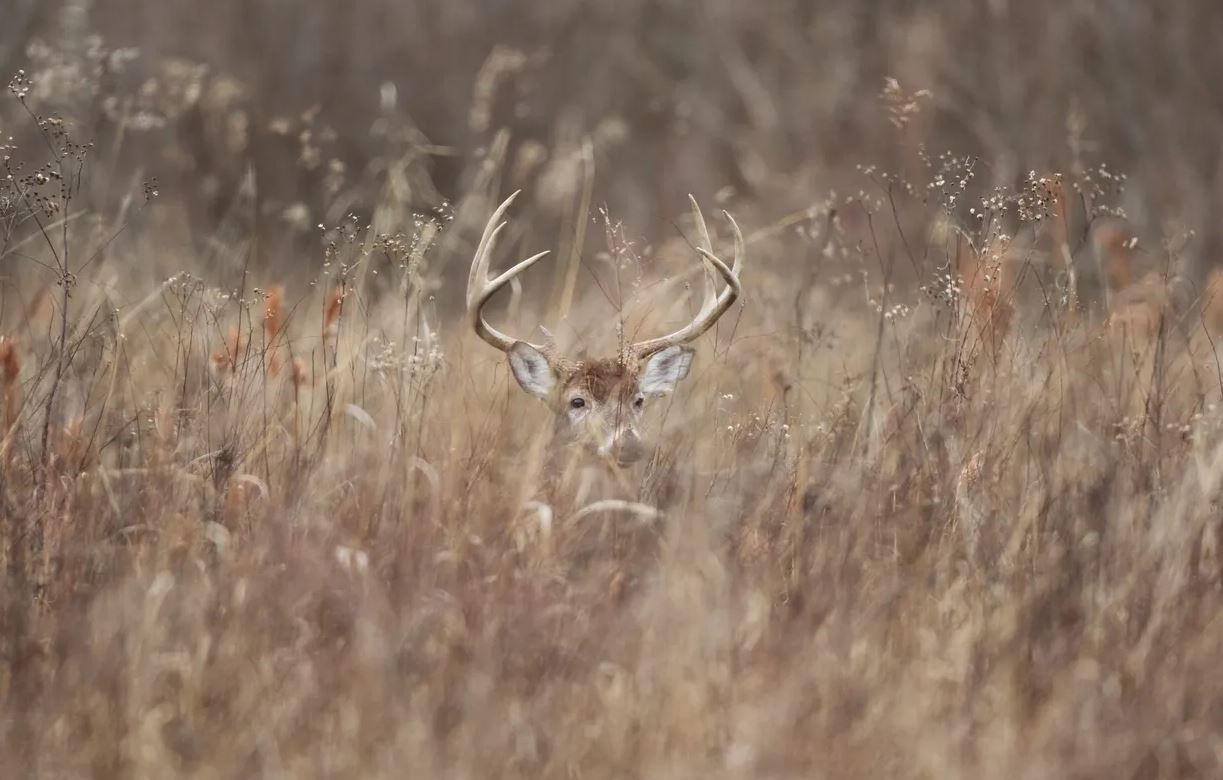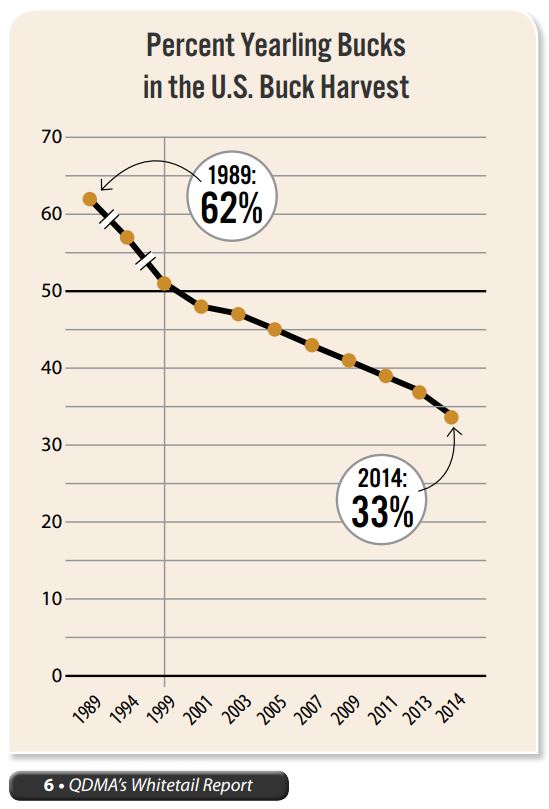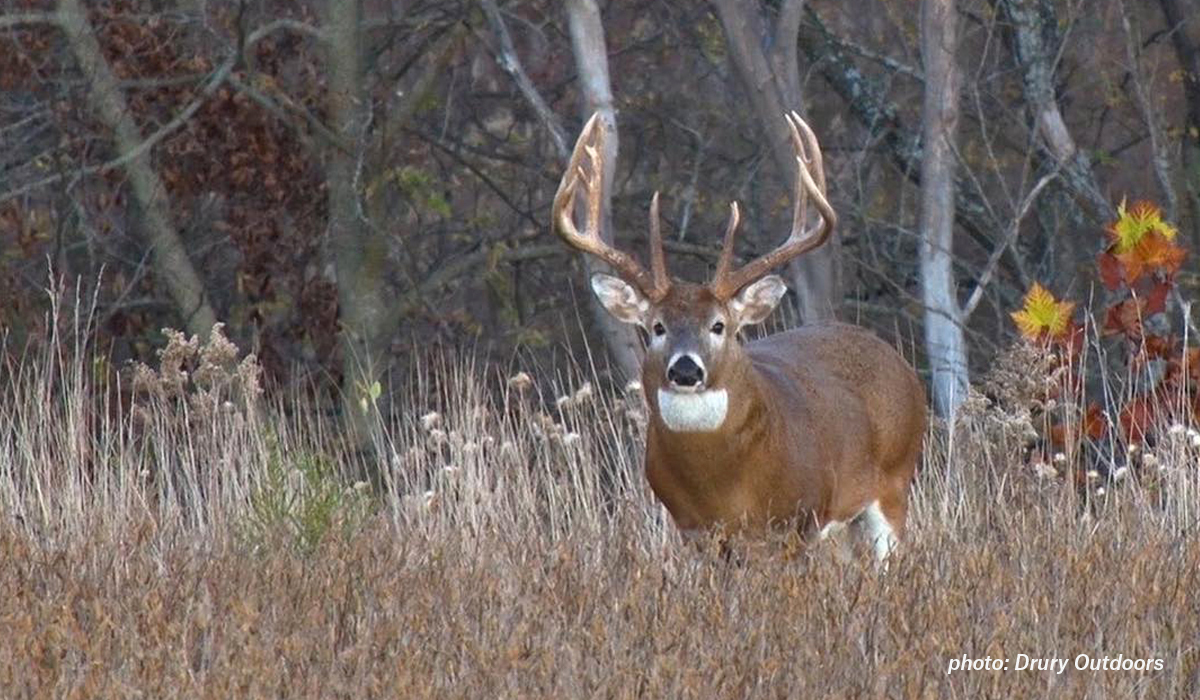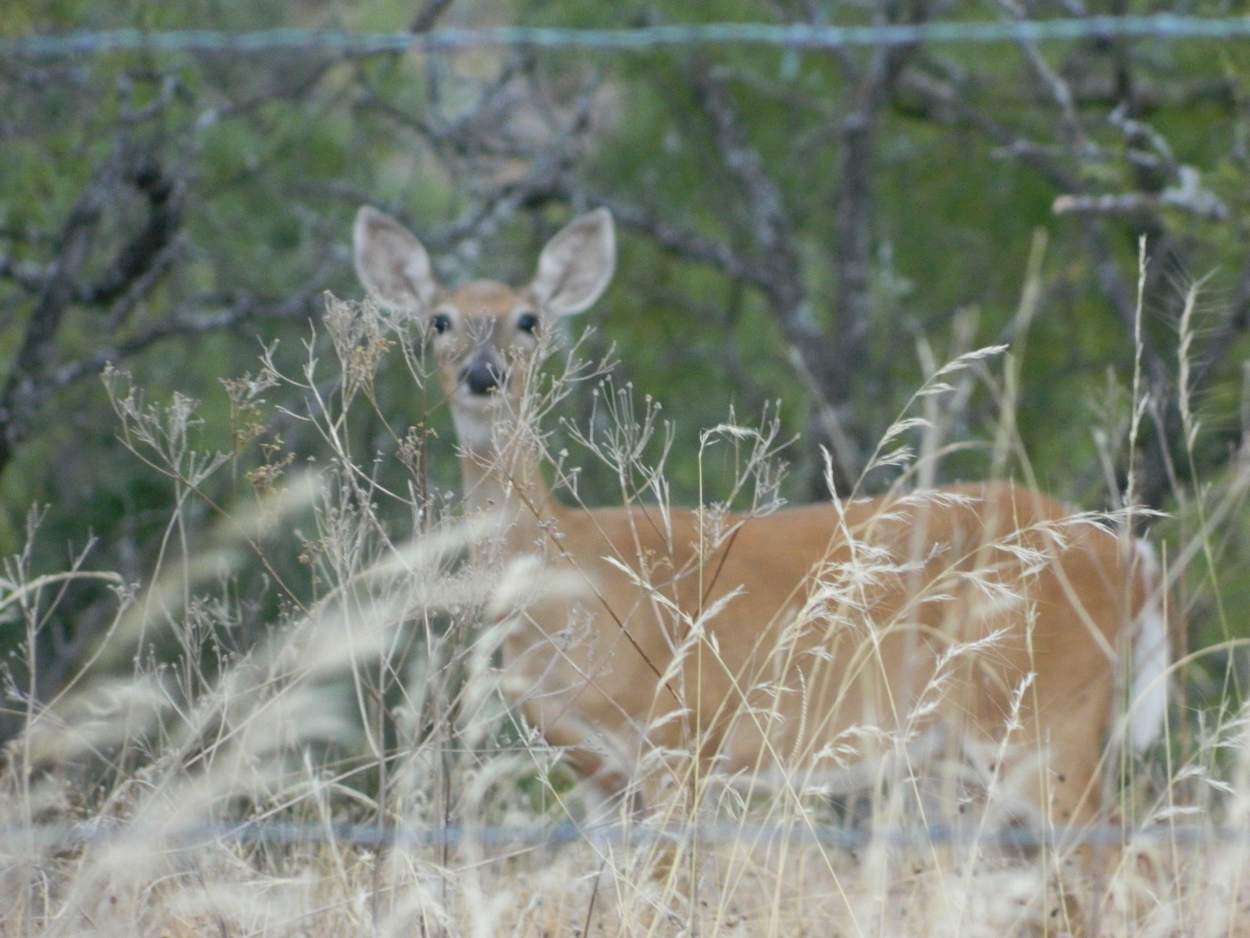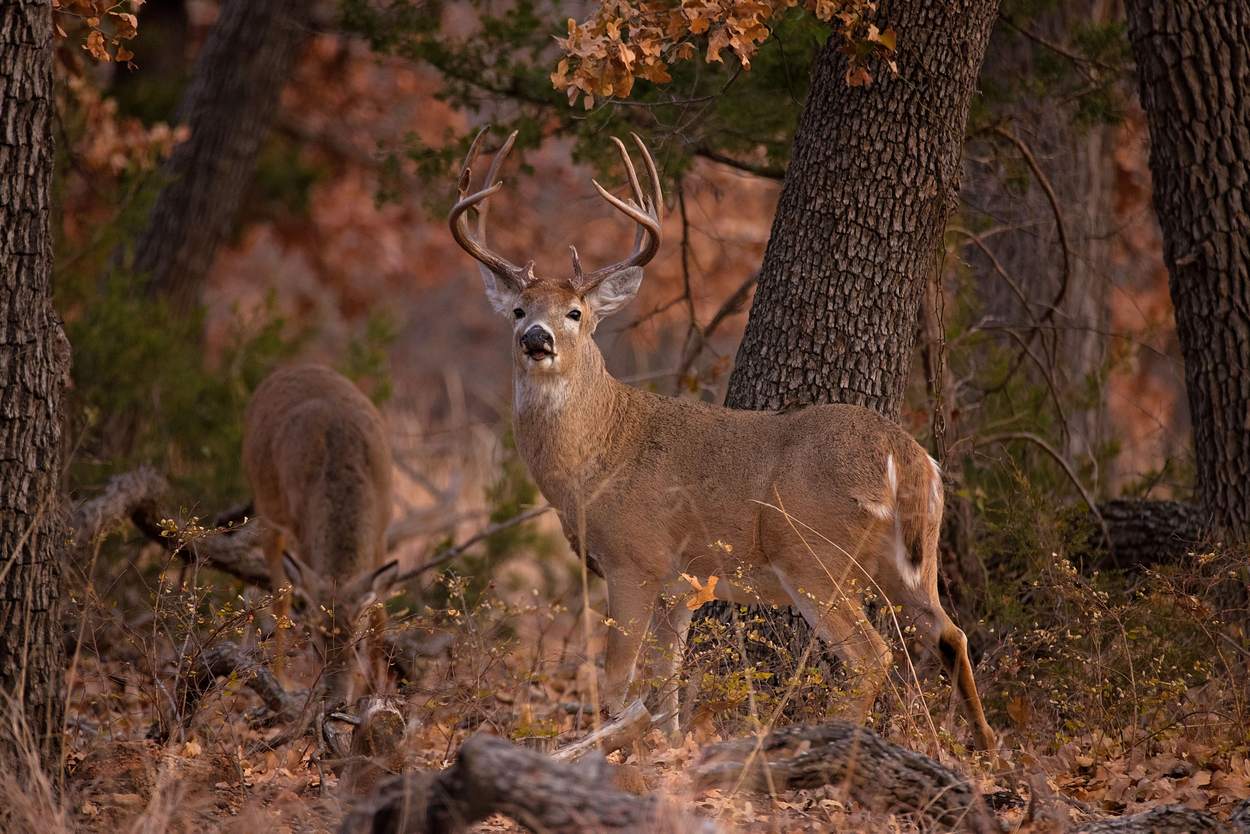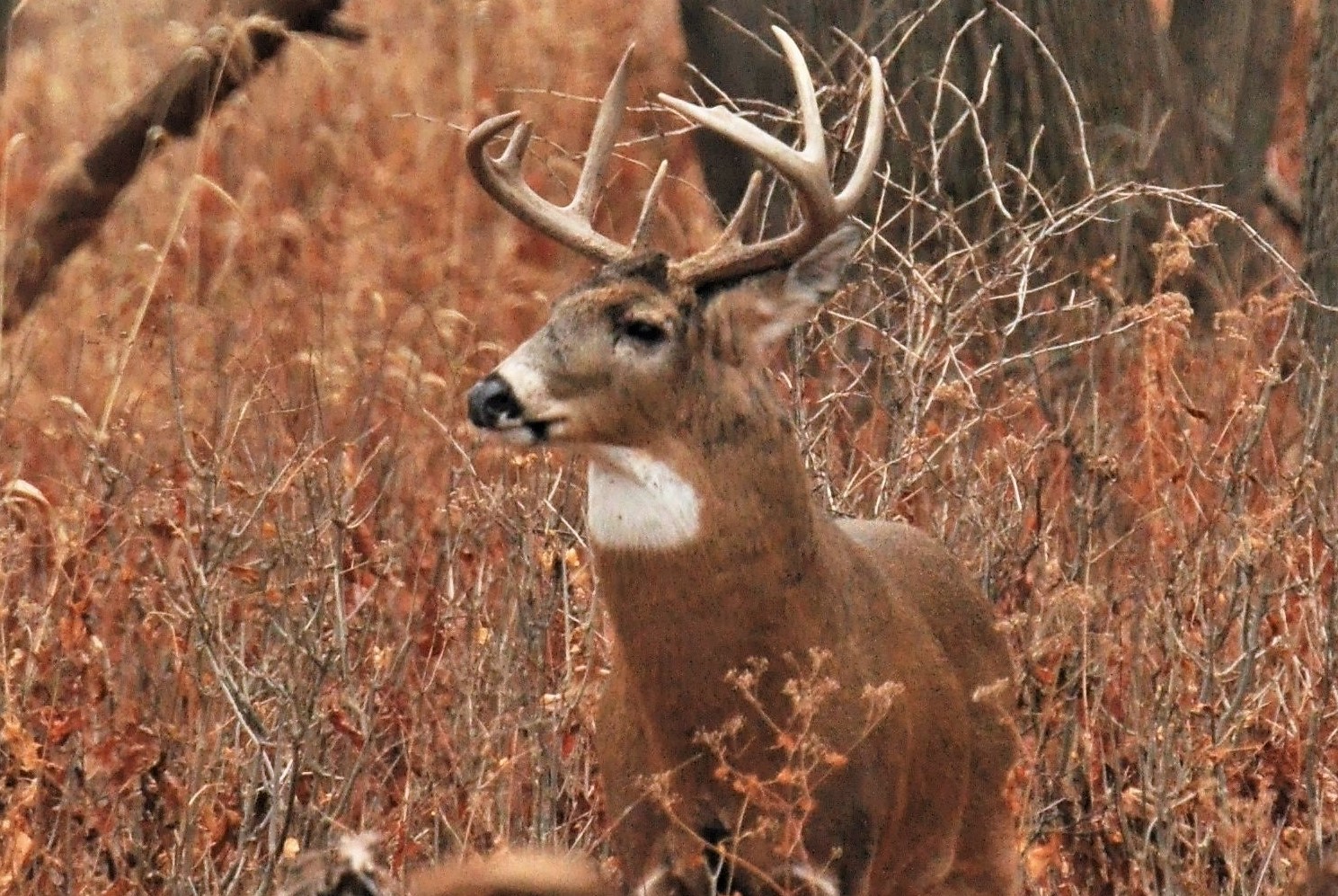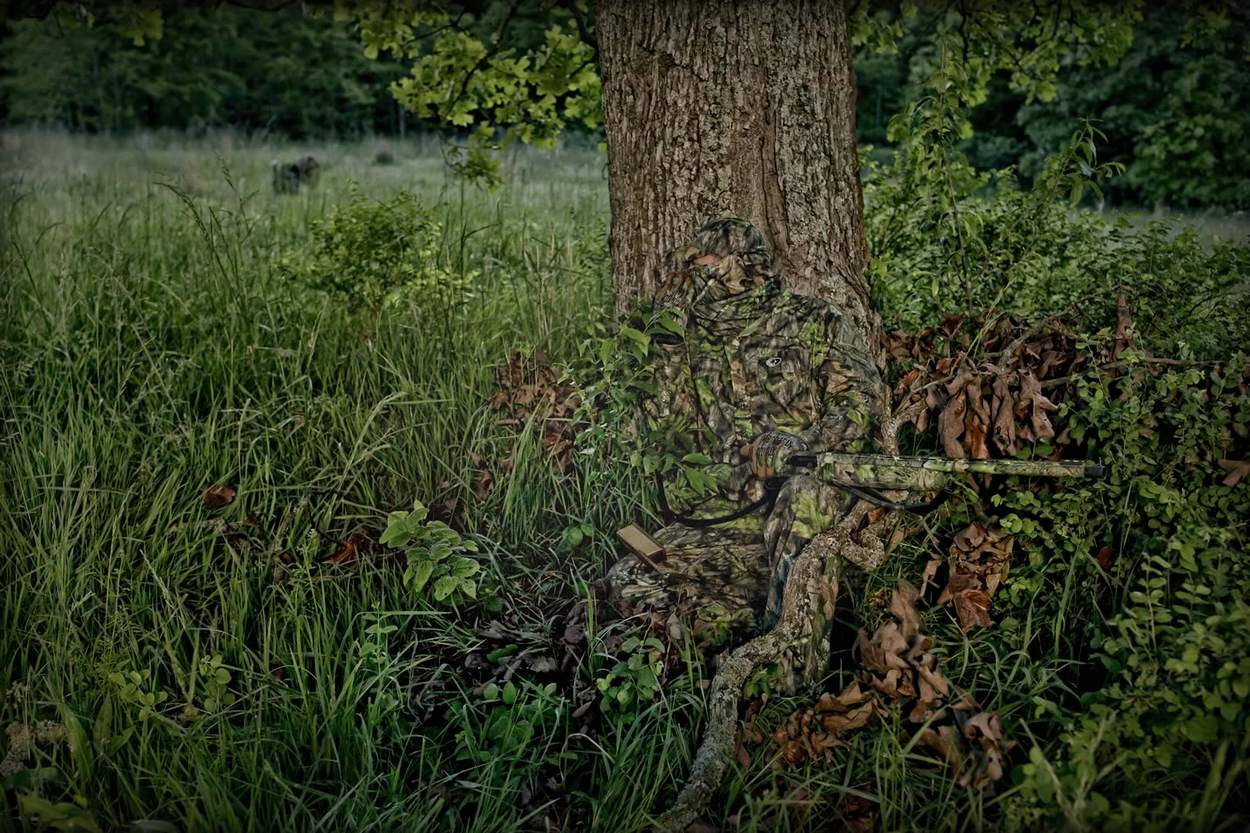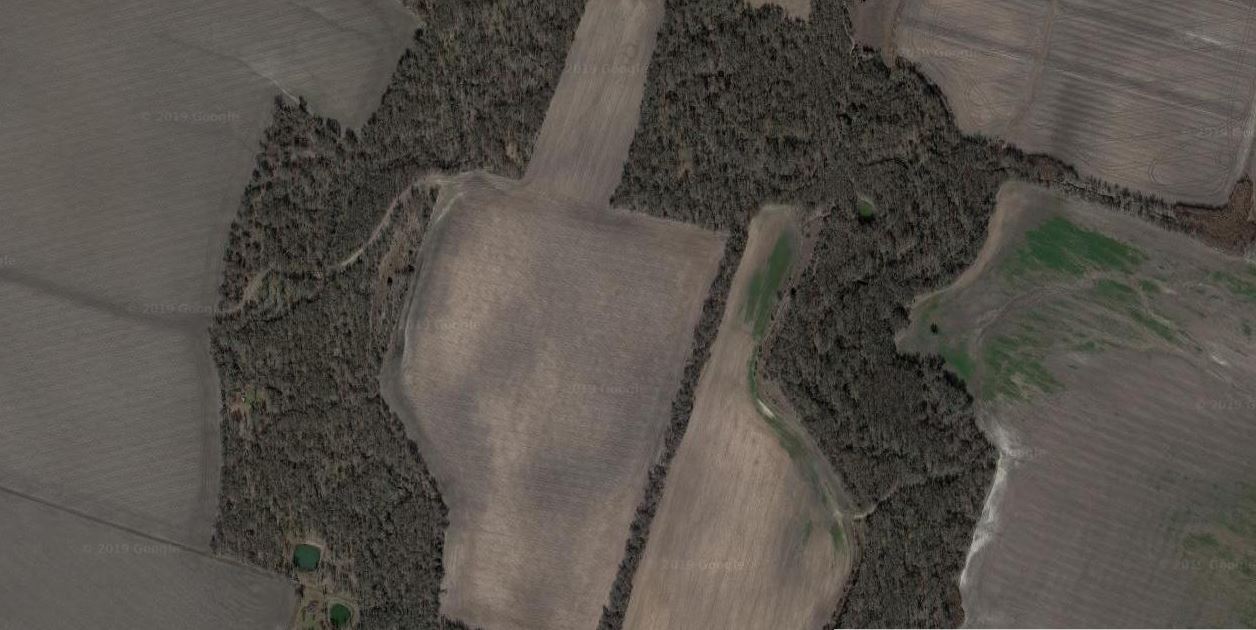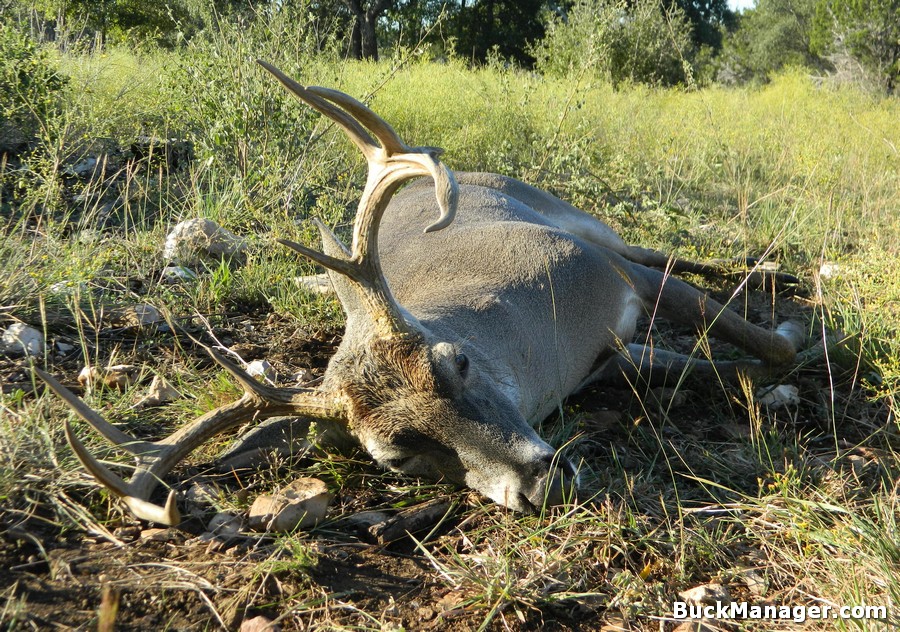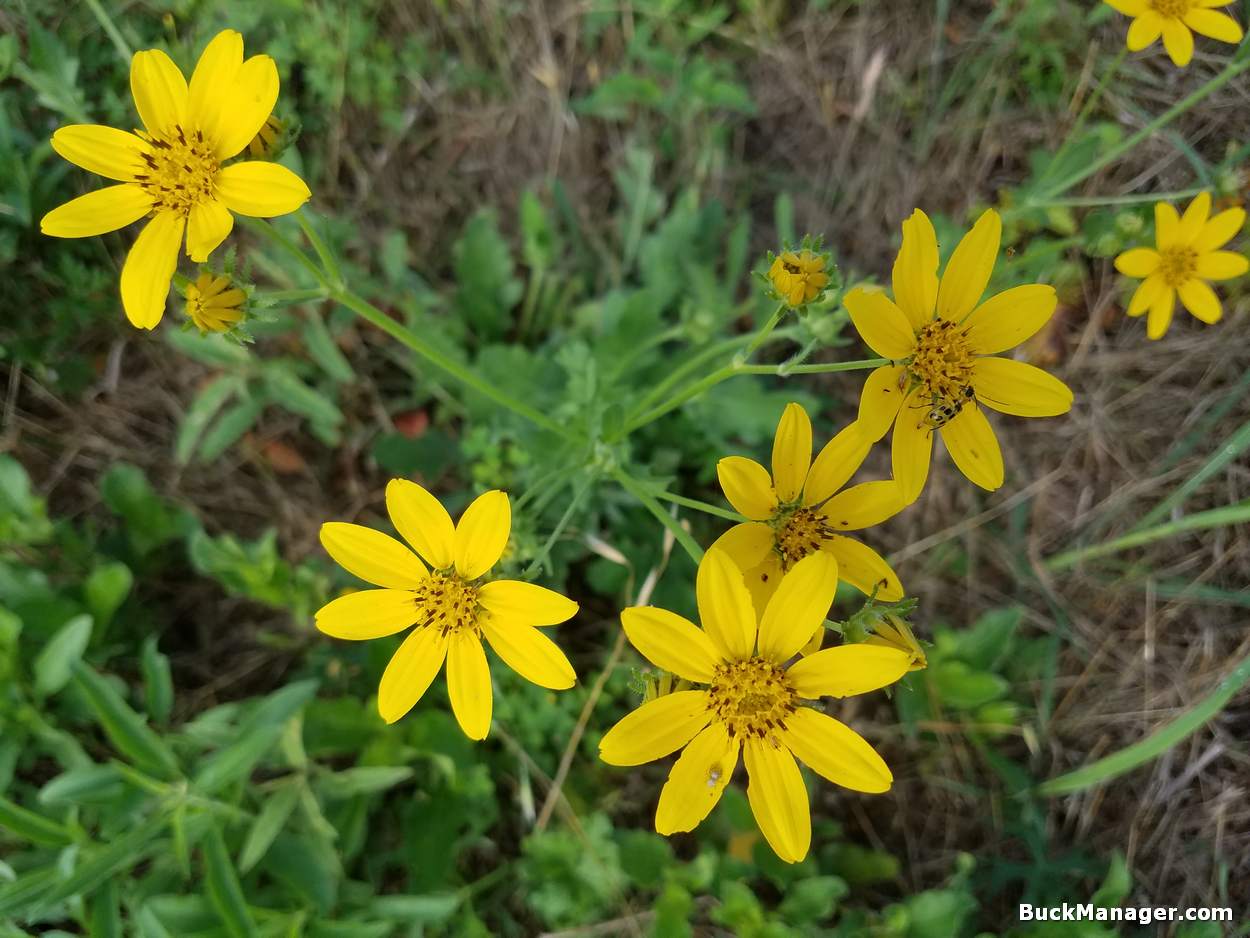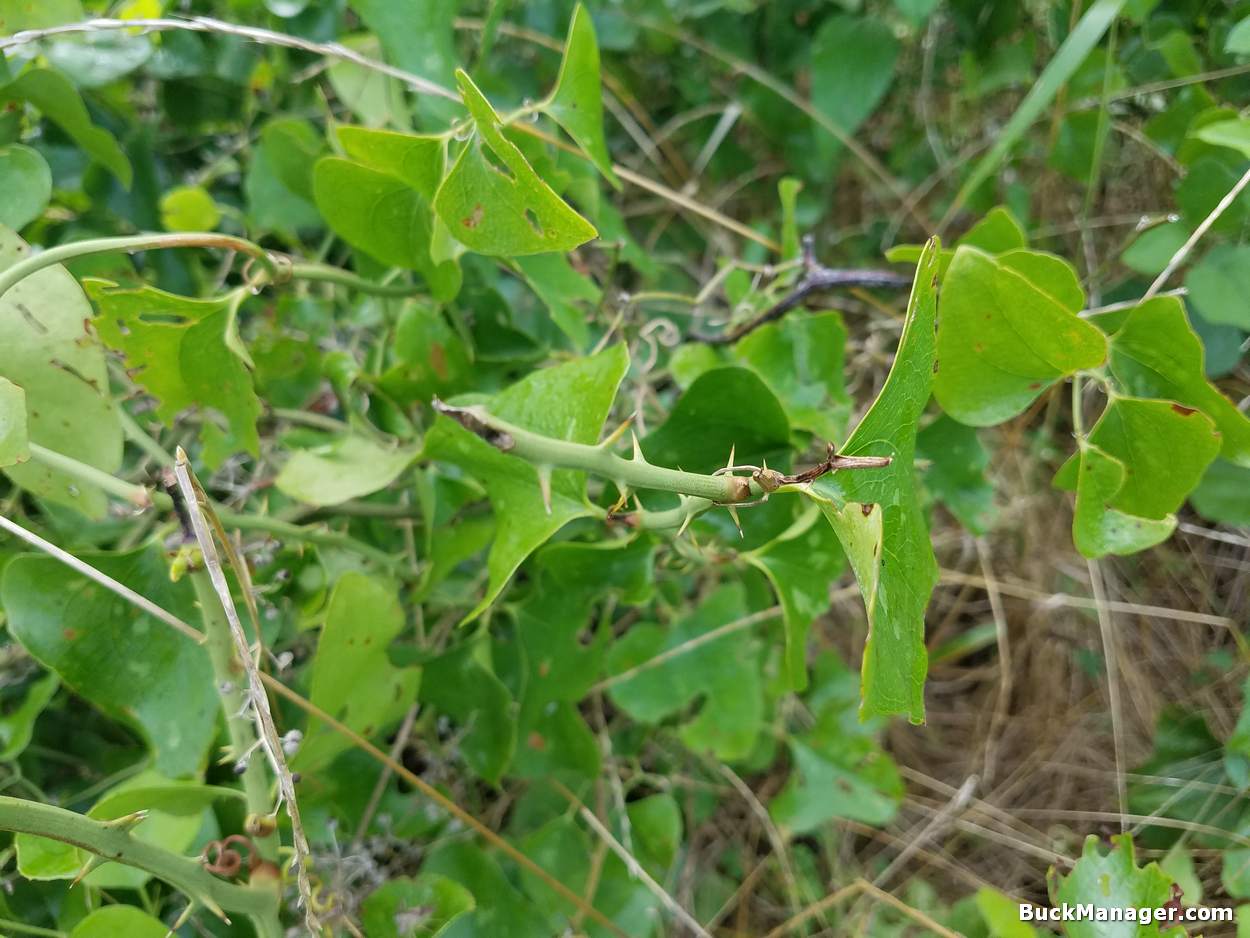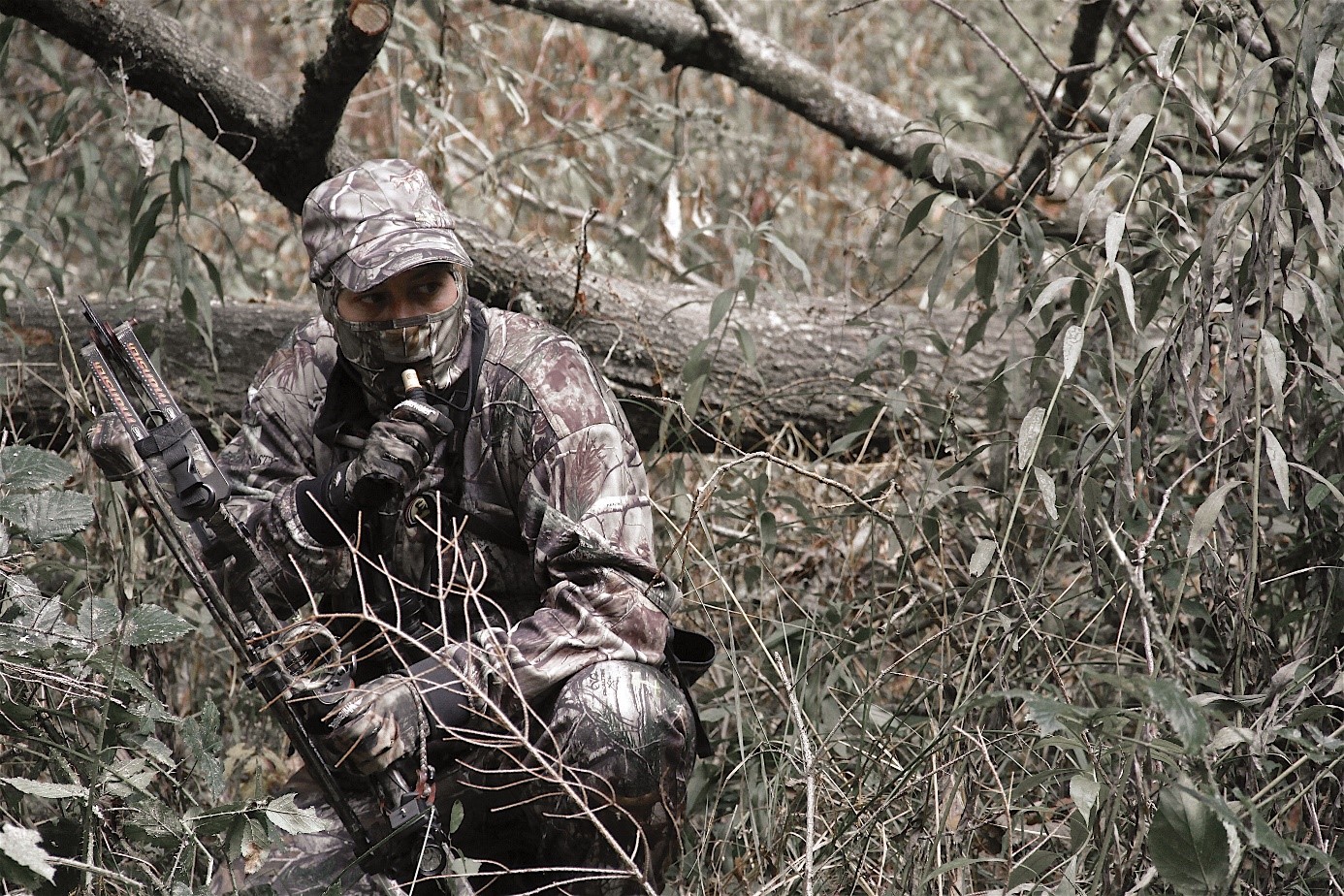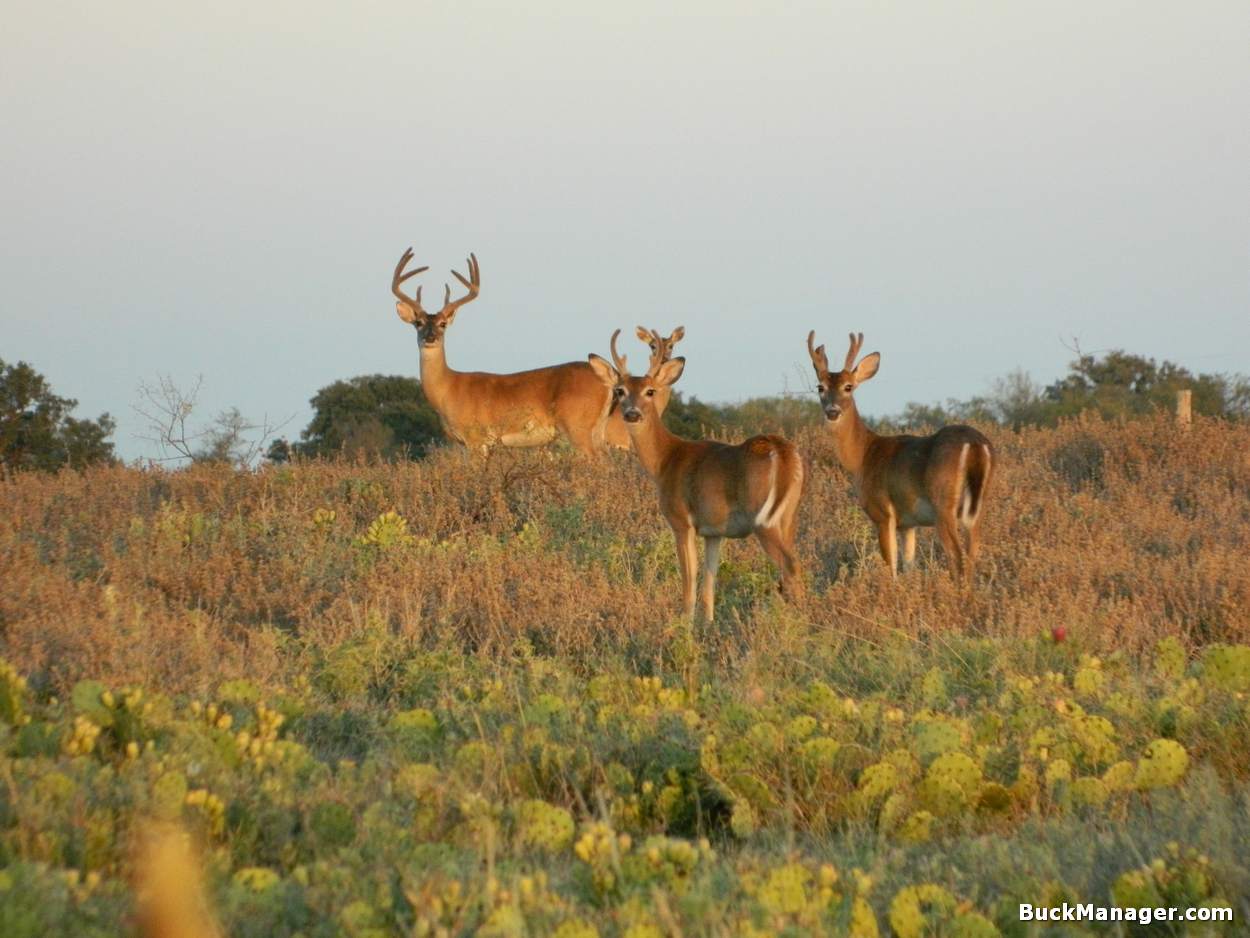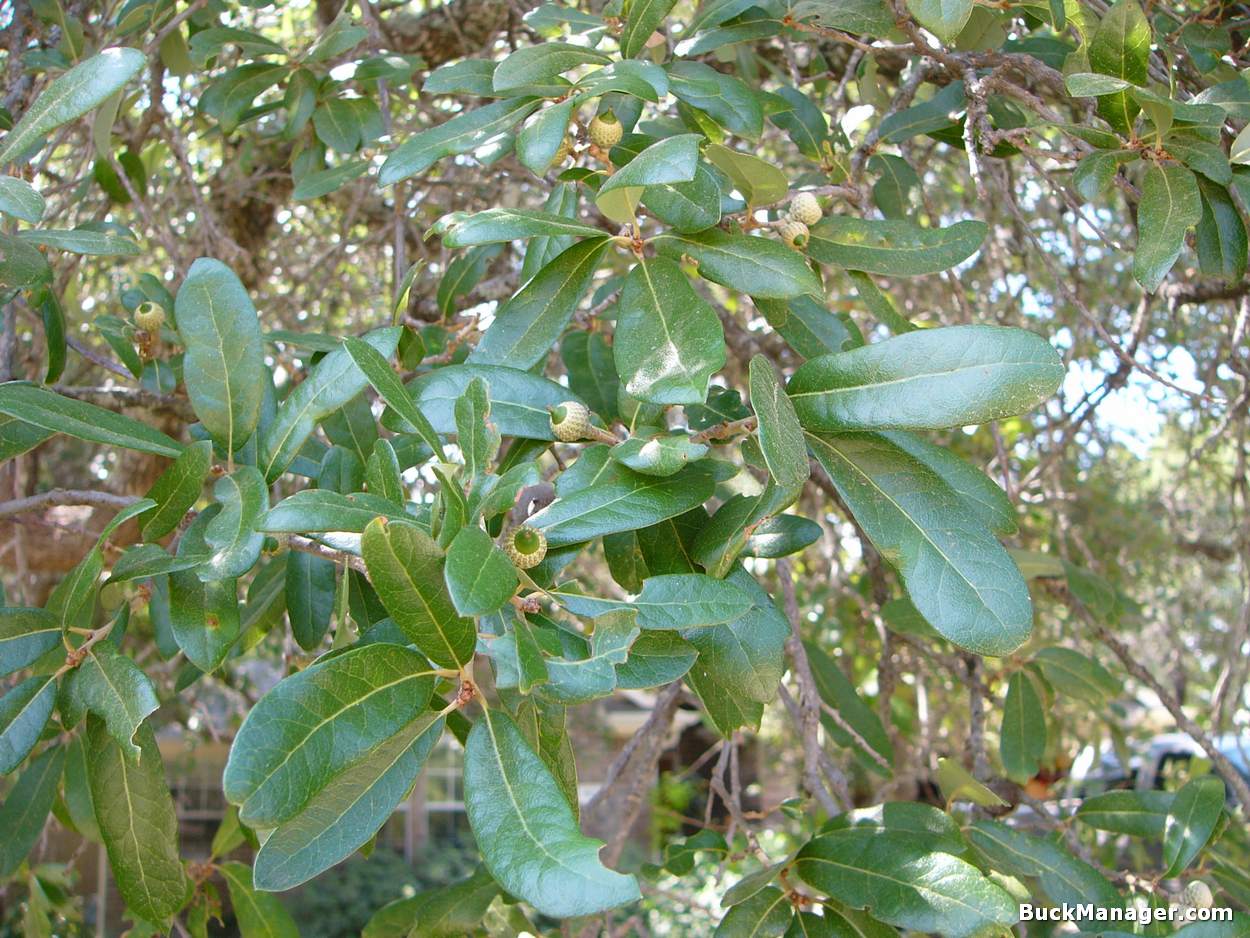TPWD Changes Regulations
Deer hunting season is still a half-year away, but planned changes to Texas’ deer hunting regulations may impact your harvest later this fall. That’s because the Texas Parks and Wildlife Commission adopted a bevy of changes to this year’s deer hunting regulations that includes expanding white-tailed deer hunting across counties located in the western Panhandle, as well as creating additional deer hunting opportunities in the eastern half of the state.
This is good news out of Texas Parks and Wildlife Department (TPWD). Simply said, the bulk of Texas’s new deer regs will add or create additional hunting opportunity is just about every county they touch for the 2016-17 season. There are really only a couple changes that do not increase deer harvest in some way, with the two most notable being changes regarding “unbranched antlered deer” and then addressing some issues regarding youth hunting.
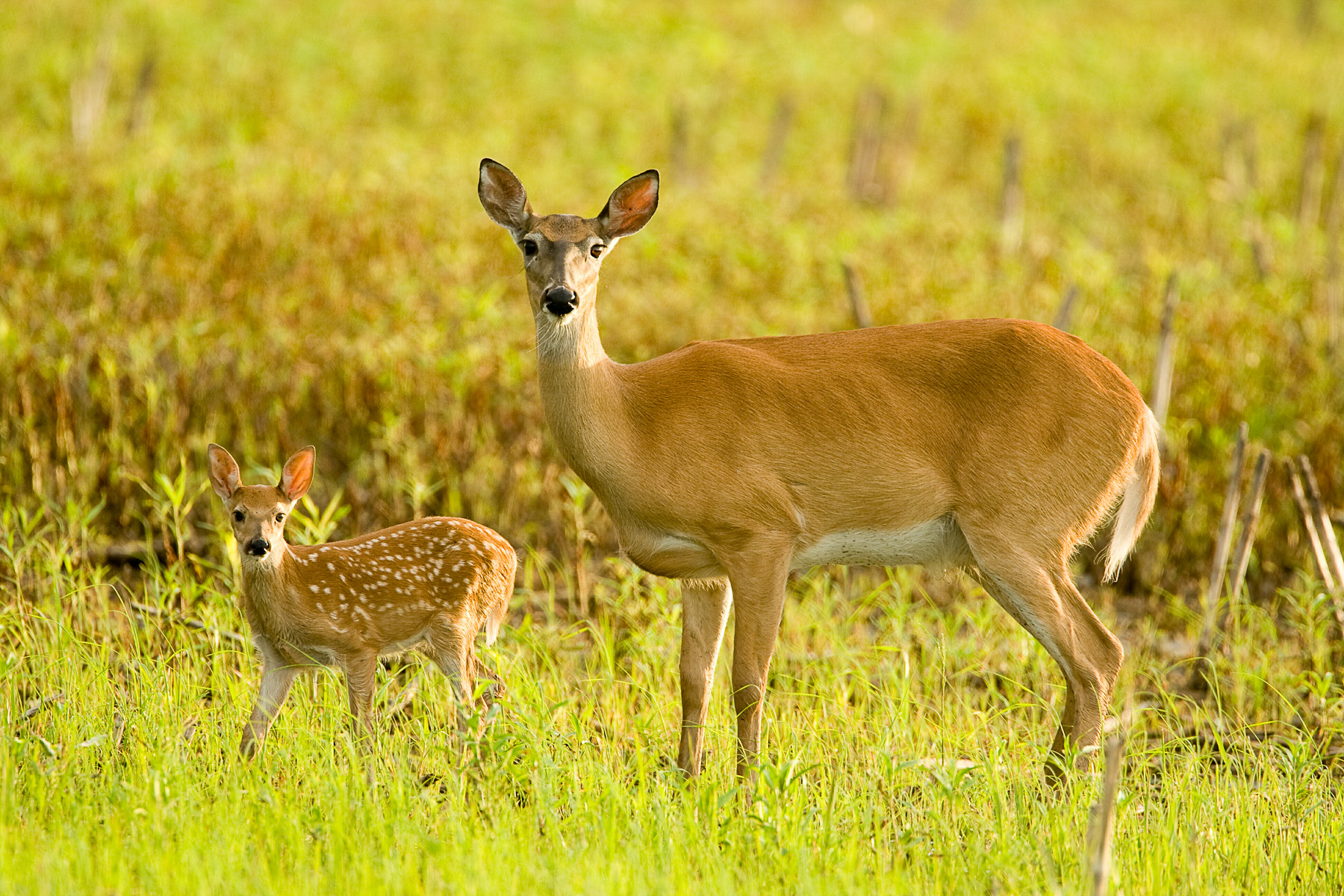
Legal Bucks in Texas
The hunting regs approved for this fall will clarify what constitutes a legal buck across seasons and aim to alleviate confusion among hunters. This has been a little ambiguous regarding the “Special Late Antlerless and Spike-buck Season,” where hunters in antler restriction counties could harvest a buck with “at least one unbranched antler during the regular season,” but then were limited to spikes (bucks with two unbranched antlers) during the Special Late Antlerless and Spike-buck Season.
The new regs will allow the harvest of any buck with at least on unbranched antler during the late season, remove the mention of spikes from the name and will officially be named the “Special Late Season.”
MLDP Program Clarification
Another regulation clarification (say that over and over) involves archery-only season, youth hunters and properties enrolled in the Managed Lands Deer (MLD) Permit Program. The changes for the upcoming fall with clarify that white-tailed antlerless deer harvested during the archery-only season does not require a permit and harvest of antlerless deer during youth seasons is restricted to persons 16 years of age and younger including on properties issued Level 1 MLD Permits.
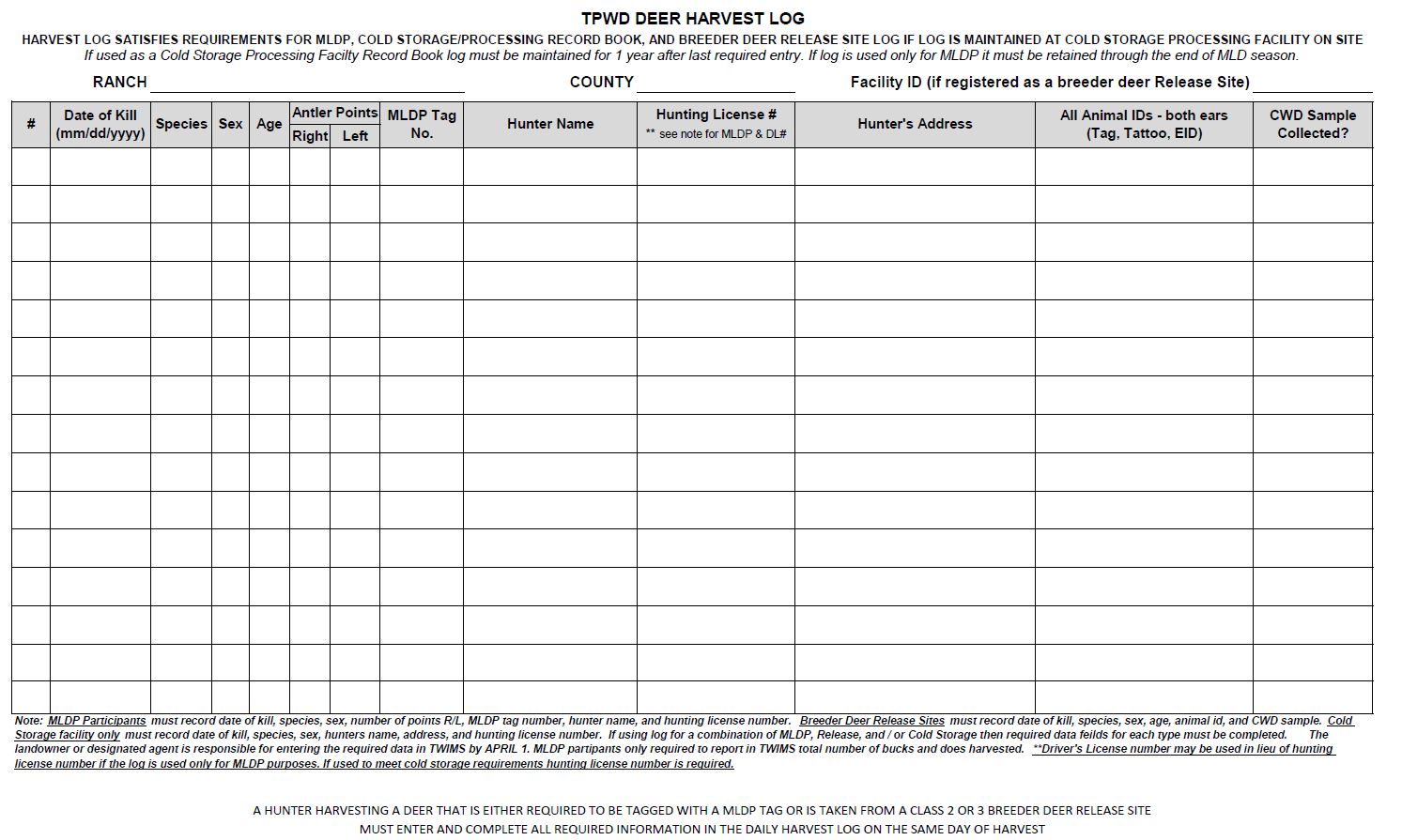
Whitetail Hunting in Panhandle
TPWD is opening up hunting seasons in a 14 Panhandle counties where no white-tailed deer hunting seasons existed previously. Changes for 2016-17 will implement both a general and special archery-only season for white-tailed deer in Andrews, Bailey, Castro, Cochran, Gaines, Hale, Hockley, Lamb, Lubbock, Lynn, Parmer, Terry and Yoakum counties, with a bag limit of three deer (no more than one buck and no more than two antlerless), which is identical to adjoining/nearby counties that currently have a season.
Hunters in Winkler County will also be greeted with new deer seasons. The regs for the upcoming year will add both a general and special archery-only season for white-tailed deer in Winkler County, with a bag limit of three deer (no more than one buck and no more than two antlerless, with the take of antlerless deer restricted to the archery-only season or properties issued MLD Permit antlerless tags). The new season is identical to adjoining/nearby counties that currently have a season.
Doe Days Added in Some Counties
Deer hunters in the Blackland Prairies, Post Oak and western parts of East Texas will also see a boost in deer hunting opportunity. TPWD is establishing four “doe days” (time periods in when antlerless deer may be taken without a permit in parts of the state where antlerless harvest regulations are conservative) in Bell (east of IH35), Burleson, Ellis, Falls, Freestone, Kaufman, Limestone, Milam, Navarro and Williamson (east of IH35) counties.
They will also increase the number of doe days to 16 in Anderson, Brazos, Camp, Gregg, Grimes, Henderson, Lamar, Leon, Madison, Morris, Red River, Robertson and Upshur counties.
For all Texas counties approved for more liberal doe harvest regulations, deer management goals across-the-board by TPWD cite increasing deer populations and diverging buck to doe ratios as rationale for the changes. Many of these counties will also get a muzzleloader-only season.
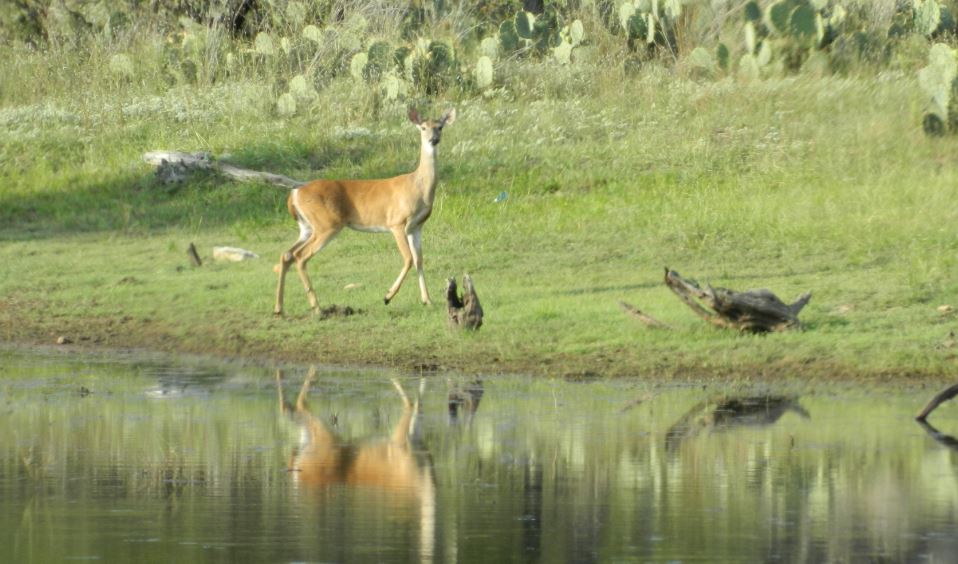
More Muzzleloader Hunting
TPWD’s hunting regulation changes for 2016-17 will implement a muzzleloader-only late season in Anderson, Bell (East of IH 35), Brazos, Burleson, Comal (East of IH 35), Delta, Ellis, Fannin, Falls, Franklin, Freestone, Grimes, Hays (East of IH 35), Henderson, Hopkins, Hunt, Kaufman, Lamar, Leon, Limestone, Madison, Milam, Navarro, Rains, Red River, Robertson, Smith, Titus, Travis (East of IH 35), Van Zandt, Williamson (East of IH 35), and Wood counties.
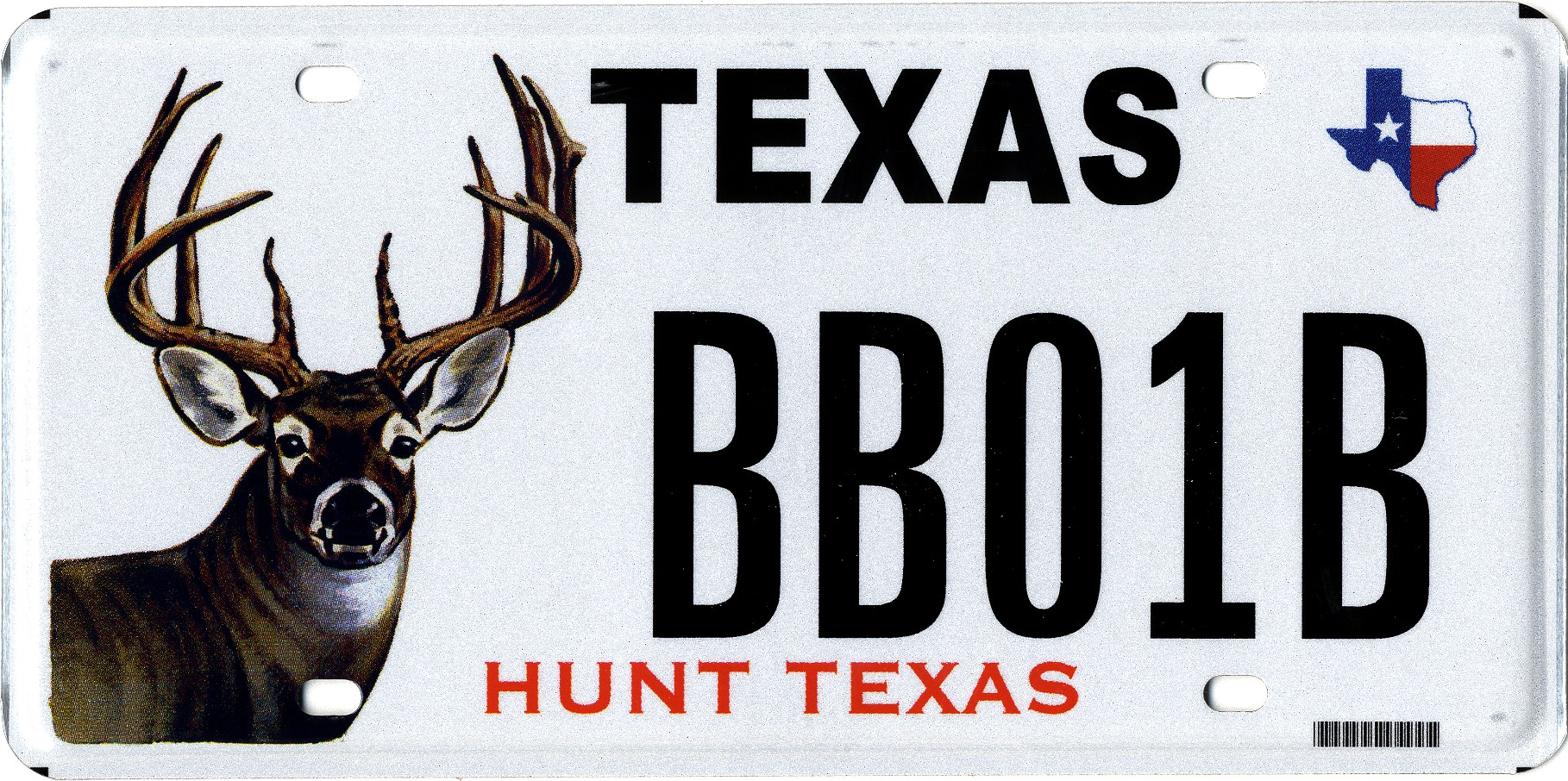
TX Regulation Changes Add Up
In short, changes to Texas hunting regulations will provide hunters with more opportunity and flexibility when heading to the field this fall. Increased antlerless options will allow doe harvest as a management tool on properties not participating in the MLD Permit Program. Harvest is still one of the most basic habitat management tools for whitetail deer.
Landowners and managers will no longer be limited to archery equipment to tighten up sex ratios, and many counties will have brand-new seasons. That is awesome for hunters!
